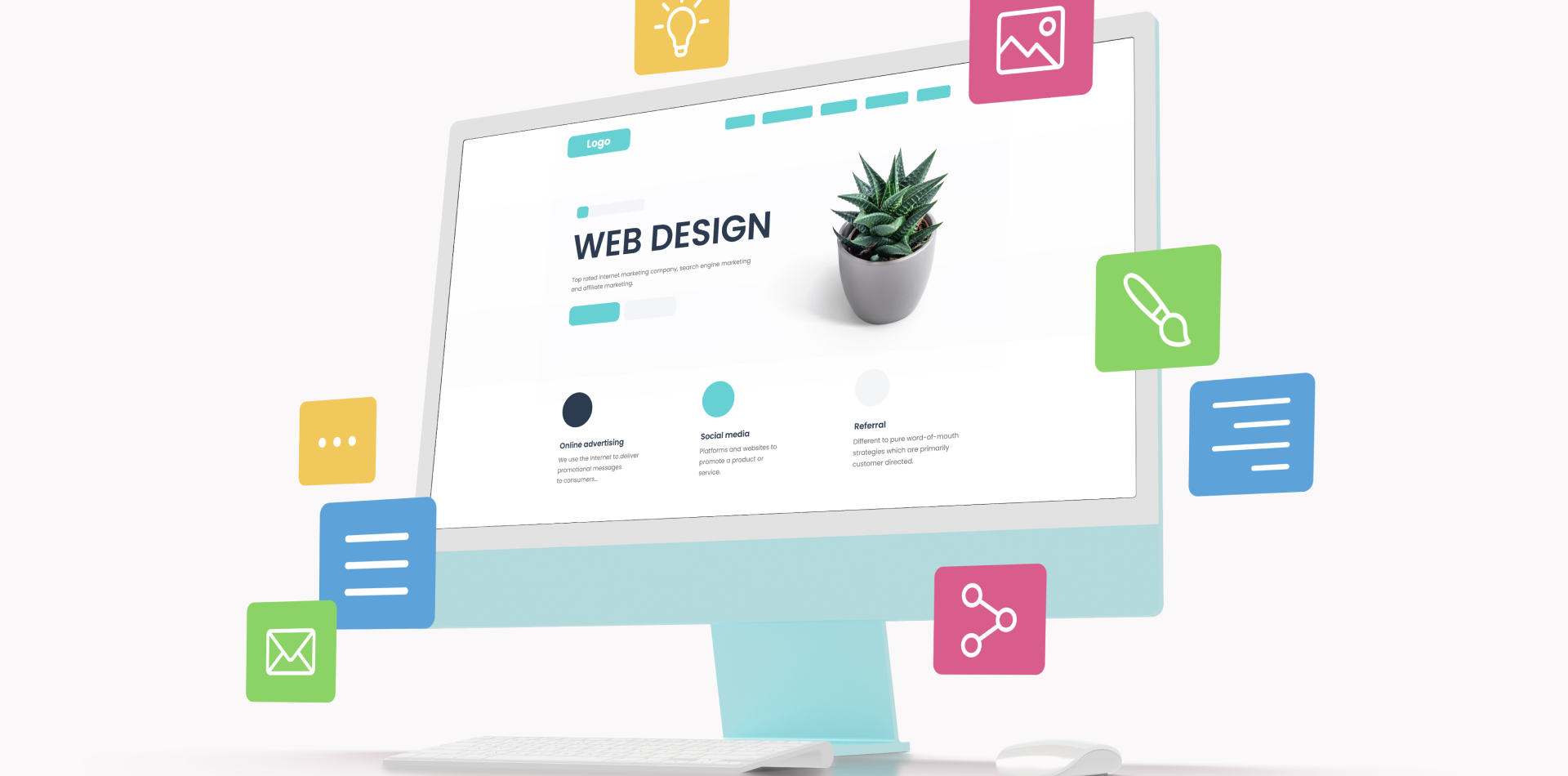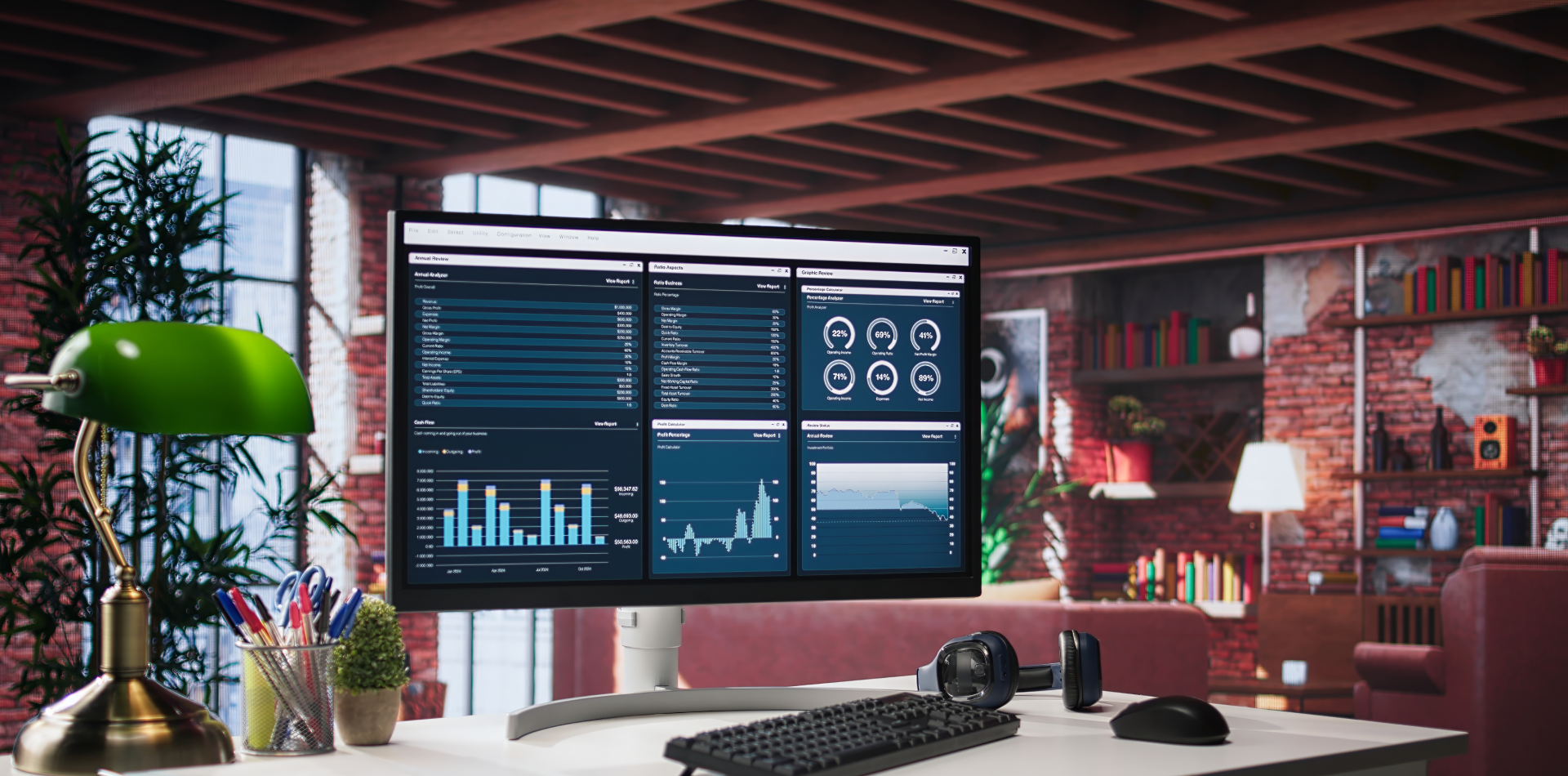We live in an age of short attention spans—but storytelling still captivates.
When someone visits your website, they don’t just want information—they want a feeling, a connection, a journey. That’s where visual storytelling in website design becomes a superpower. It creates emotional context around your brand, guiding visitors through an experience that sticks with them.
Whether you’re a SaaS company, a personal brand, or an e-commerce store, storytelling can turn your site from a digital brochure into a living, breathing experience.
🧠 Related Post: How to Craft a Compelling Homepage

What is Visual Storytelling in Web Design?
Visual storytelling means using images, colors, typography, layout, animation, and content to lead users through a narrative.
It’s not about just looking pretty—it’s about:
🎯 Guiding attention
🎯 Making users feel something
🎯 Connecting emotionally
🎯 Reinforcing your brand values
🎯 Converting visitors through meaning—not manipulation
A website with strong visual storytelling doesn’t just show who you are. It proves it, in every scroll, every interaction.
The 3 Pillars of Storytelling in Web Design
To design a website that tells a compelling story, focus on these 3 foundational layers:
1. Narrative Flow (Structure = Story)
Your website structure should mimic a story arc:
🔹 Intro – Who are you and why should they care?
🔹 Conflict – What problem do users face?
🔹 Resolution – How do you solve it?
🔹 Call to Action – What’s the next step?
Each scroll should feel like turning a page, not loading another screen.
2. Emotional Design Elements
Every design decision must trigger emotion:
🎨 Colors – Warm = welcoming, Cool = trustworthy
🖼️ Imagery – Show faces, real users, behind-the-scenes shots
✍️ Typography – Use expressive fonts to communicate tone
📹 Micro-animations – Add motion to reinforce interactivity or direction
The visual tone should support the mood of your story—not distract from it.
3. Interactive Storytelling
Bring your user into the story with scroll-based interaction, micro-feedback, or dynamic data.
⚡ Progress bars showing impact
⚡ Stats that animate as you scroll
⚡ Parallax elements that respond to user input
⚡ Personalized sections based on browsing behavior
These make users participants, not just observers.
🧠 Related Read: The Role of Interactive Elements in Web App Design
Examples of Visual Storytelling Done Right
Let’s look at some standout websites using storytelling masterfully:
✅ Airbnb
Airbnb uses authentic photos of hosts and homes, traveler stories, and scrollable maps to put you in the shoes of their community.
The story isn’t “We help you travel.” It’s: “You belong anywhere.”
✅ Stripe
Stripe simplifies the complex world of payments with animated visuals, progress graphs, and a story-driven layout. Even technical visitors feel like they’re moving through a smart, streamlined journey.
✅ Apple
Apple always uses scroll-based visual storytelling to reveal products like magic. Each interaction makes the user feel like they’re discovering something new and delightful.
💡 Want a list of more story-driven websites? Check out Awwwards Showcase for inspiration.
Tools & Frameworks to Add Storytelling to Your Site
Here are tools you can use to bring stories to life:
🛠️ Framer – Great for scroll-based interactions
🛠️ Webflow – Lets you build story-driven layouts with animations
🛠️ LottieFiles – Use lightweight animated illustrations
🛠️ Spline – Add 3D storytelling experiences
🛠️ Figma + Smart Animate – Prototype storytelling transitions
Remember, storytelling isn’t about tools—it’s about clarity, emotion, and progression.
Mistakes to Avoid in Visual Storytelling
🚫 Over-designing: Don’t let visuals overpower clarity
🚫 Inconsistent visuals: All design elements should match the narrative
🚫 Lack of structure: If your story has no flow, it’s just noise
🚫 Slow load times: Heavy storytelling visuals = low performance
🚫 Generic stock photos: Real stories need real emotion
Storytelling is powerful—but only when it’s authentic and purposeful.
Real Impact: How Storytelling Boosted a Brand’s Site Engagement
A sustainability startup redesigned their homepage to tell a real story:
✅ Before: A list of features, awards, and partners
✅ After: A scroll-based journey showing a user’s path from plastic pollution to eco-solutions
They used:
-
Time-lapse visuals of ocean cleanup
-
A bold narrative overlay (“Meet Ella. She’s 12. She saved 200 plastic bottles.”)
-
Interactive impact stats and user testimonials
📈 Result? A 2x boost in scroll depth, 43% more CTA clicks, and 67% more newsletter signups.
Storytelling isn’t fluff—it’s a business multiplier.
Final Takeaway: Build Experiences, Not Just Interfaces
Visual storytelling is the difference between a forgettable site and a powerful brand memory.
It makes your message stick.
It makes your users care.
It makes your design meaningful.
Whether you’re building a personal portfolio or a SaaS landing page:
✅ Start with a story arc
✅ Design visuals with feeling
✅ Use interactivity with purpose
Let your website say more than “Buy Now” or “Learn More.”
Let it say: “Here’s who we are—and why it matters.”
💬 How Are You Using Storytelling in Your Design?
Have you used scroll animations, user stories, or real-world photos?
What tools helped you tell better stories through design?
Drop your favorite storytelling examples or tips in the comments 👇


